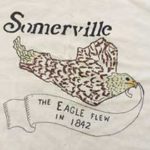
Eagle Feathers #132 – Bridging Somerville
By Bob (Monty) Doherty
Until 1842, Somerville was called “Charlestown beyond the Neck.” This was a narrow tract of land that bridged the two districts together at low tide. The site was at today’s Sullivan Square, named after James Sullivan, Governor of Massachusetts and President of the Middlesex Canal Corporation.
References to early pre-Somerville farmlands, with the exception of Winthrop’s Ten Hills, are obsolete today. Some of these pastures were known as Cow Commons, the Stinted Pasture, High Field, Gibbons Field and Line Field. Although two of them have been leveled, Somerville’s Seven Hills have retained their names.
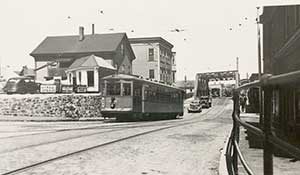
From these hills, a network of brooks, creeks, and streams fed pools and ponds. They then flowed into the surrounding rivers. To navigate this area, the placement of large stones served as early bridges, followed by rustic, corduroy log crossings. After the first bridge was constructed across the Charles River, the walk from Union Square to downtown Boston was three miles. Prior to their construction, it was ten miles through Cambridge, Brighton and Roxbury. If you think today’s Somerville traffic is bad, imagine her landscape without bridges, underpasses, or Interstate Route 93, which is the longest viaduct in the city. Without this labyrinth of bridges, it would be nearly impossible to cross Somerville in any direction.
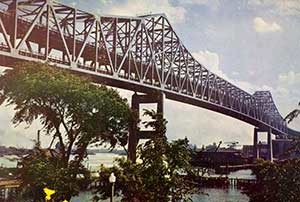
Through the years, the local naming and renaming of bridges has been an interesting art, beginning with the largest in New England, the Tobin Bridge. It was named after Maurice J. Tobin, Boston Mayor and Massachusetts Governor who supported legislation to create the Massachusetts Port Authority. It was originally called the Mystic River Bridge. The Boston University Bridge was first named the Cottage Farm Bridge. The Leonard P. Zakim Bunker Hill Bridge was almost called the Freedom or Patriot Bridge. The Longfellow Bridge was first named the West Boston Bridge. The Massachusetts Avenue Bridge, spanning the Charles River, is often called the M.I.T. Bridge, but is actually named after Reverend John Harvard, one of the founders of Harvard College.
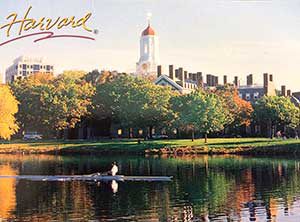
Somerville has more than her share of bridges, most of them supporting or crossing railroads. The Boston and Fitchburg Rail Line once boasted thirteen bridges across Somerville. This was before the Millers River was filled in. It now has eight. The Boston and Lowell train, now the Boston and Maine, was the first major rail line in the state. It now has twelve bridges in Somerville.
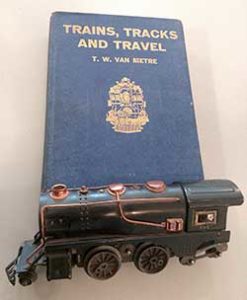
Many bridges are named after local notables or landmarks. Union Square’s Washington Street Bridge honors youth leader and coach, Elmer W. Bumpus. McGrath Highway’s Squires Bridge is named after the John P. Squire Company, the former meat packing business in that area. Medford Street’s William J. Joyce Memorial Bridge acknowledges the former Alderman. The Wellington Bridge at McGrath Highway connects Somerville to Medford across the Mystic River. It has a new wooden walk bridge and bike path beneath it. This connects Ten Hills to Sylvester Baxter Riverfront Park at Assembly Row. The Vietnam Veterans Memorial Bridge located on Prospect Street in Union Square preserves the memory of these soldiers.
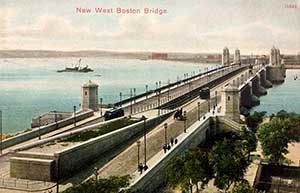
The city itself provides a natural bridge under Elm Street. It arches the MBTA’s Red Line from Porter Square to Davis Square. Coincidently, for the greater part of the last century, Somerville’s most popular hotel and inn was the former, historic Woodbridge Hotel in Davis Square.
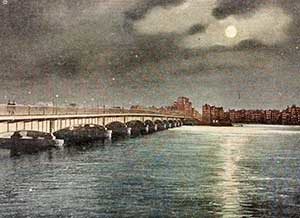
Cambridge, Massachusetts is named after its sister city in England. The word Cambridge means “the bridge over the River Cam.” Somerville’s most famous and longest bridge by far is our city’s four-mile southern border … Cam-bridge!












Reader Comments